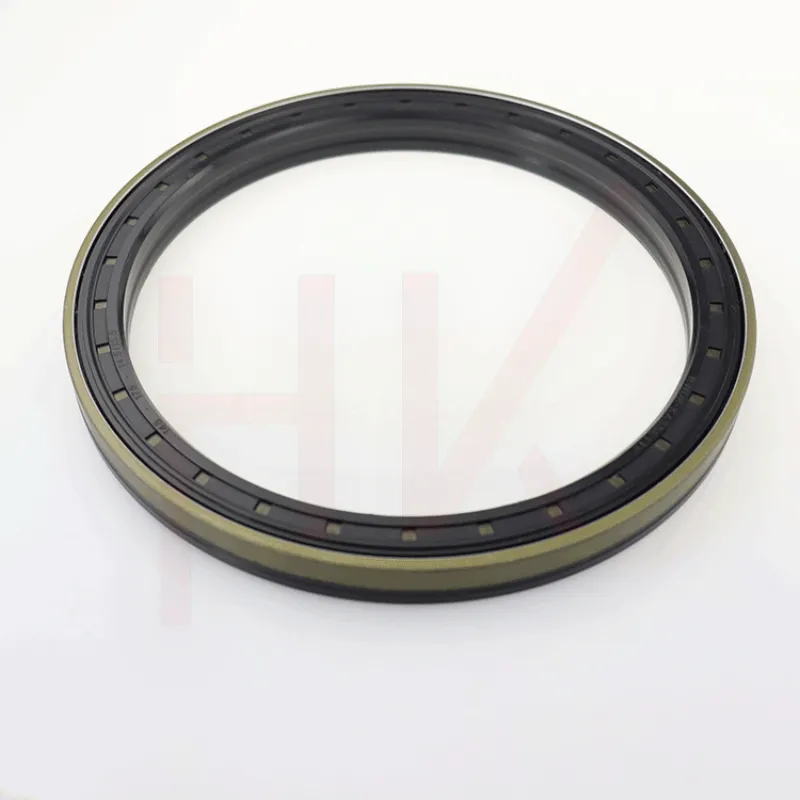दिसम्बर . 04, 2024 16:50 Back to list
rear wheel hub seal
Understanding Rear Wheel Hub Seals Importance, Types, and Maintenance
Rear wheel hub seals play a crucial role in the overall functionality and longevity of a vehicle's wheel assembly. Positioned at the rear axle, these seals act as barriers that prevent contaminants such as dirt, dust, and moisture from entering the wheel hub while retaining the lubricant that keeps the bearings functioning smoothly. This article explores the importance of rear wheel hub seals, the different types available, and tips for their maintenance.
The Importance of Rear Wheel Hub Seals
The primary function of rear wheel hub seals is to protect the wheel hub bearings from external elements. The bearings must remain lubricated to prevent friction, which can lead to premature wear and potential failure. A compromised seal can result in the ingress of contaminants, which can corrode the bearings and result in costly repairs or even a complete wheel assembly replacement. Additionally, a damaged seal may lead to the loss of lubricant, which can cause overheating, increased wear, and ultimately, safety hazards.
Furthermore, properly sealed wheel hubs contribute to fuel efficiency. When bearings function correctly with ample lubrication and are free from contaminants, they can operate with lower friction. Less friction means better fuel economy, which is an essential consideration for any vehicle owner looking to minimize running costs.
Types of Rear Wheel Hub Seals
There are several types of rear wheel hub seals, each designed to cater to specific needs and conditions
1. Lip Seals These are the most common type of seals used in wheel hubs. They consist of a flexible lip that fits tightly against the bearing and the housing, creating a seal that effectively prevents the ingress of debris while retaining lubricants.
2. Labyrinth Seals Labyrinth seals have a more complex design with multiple grooves that create a barrier against contaminants. While they do not provide a complete seal, they are highly effective in environments with significant dirt and debris, making them ideal for off-road vehicles.
rear wheel hub seal

3. Magnetic Seals These seals utilize magnetic properties to maintain contact and create a fluid-tight seal. They are often used in high-performance applications where temperature fluctuations and high-speed operation can challenge standard seals.
4. V-Ring Seals Recognized for their resilience, V-ring seals are especially effective in vertical and horizontal applications. They maintain a consistent sealing force and are excellent for environments exposed to dirt and moisture.
Maintenance of Rear Wheel Hub Seals
Regular maintenance of rear wheel hub seals is essential to ensure their longevity and performance. Here are some tips for effective upkeep
1. Visual Inspections Regularly inspect the seals for signs of wear, cracking, or deformation. Any visible damage could indicate that the seal is no longer functioning correctly.
2. Lubrication Ensure that the bearings are properly lubricated. Insufficient lubrication can result in increased friction and heat, leading to premature seal failure.
3. Cleanliness Maintain a clean work environment during repairs and inspections to prevent contaminants from entering the wheel hub assembly.
4. Professional Checks If you notice any unusual noises or performance issues while driving, have the rear wheel hub seals examined by a professional mechanic. Early detection can save you from more significant problems down the road.
In conclusion, rear wheel hub seals are essential components that contribute significantly to the performance and safety of a vehicle. Understanding their function, types, and maintenance can help vehicle owners ensure their wheels operate efficiently and effectively, ultimately prolonging the life of their vehicle and enhancing its performance. Regular attention to these seals can prevent costly repairs and ensure a smooth and safe driving experience.
-
TCN Oil Seal Metal Ring Reinforcement for Heavy Machinery
NewsJul.25,2025
-
Rotary Lip Seal Spring-Loaded Design for High-Speed Applications
NewsJul.25,2025
-
Hydraulic Cylinder Seals Polyurethane Material for High-Impact Jobs
NewsJul.25,2025
-
High Pressure Oil Seal Polyurethane Coating Wear Resistance
NewsJul.25,2025
-
Dust Proof Seal Double Lip Design for Construction Equipment
NewsJul.25,2025
-
Hub Seal Polyurethane Wear Resistance in Agricultural Vehicles
NewsJul.25,2025
-
The Trans-formative Journey of Wheel Hub Oil Seals
NewsJun.06,2025
Products categories
















